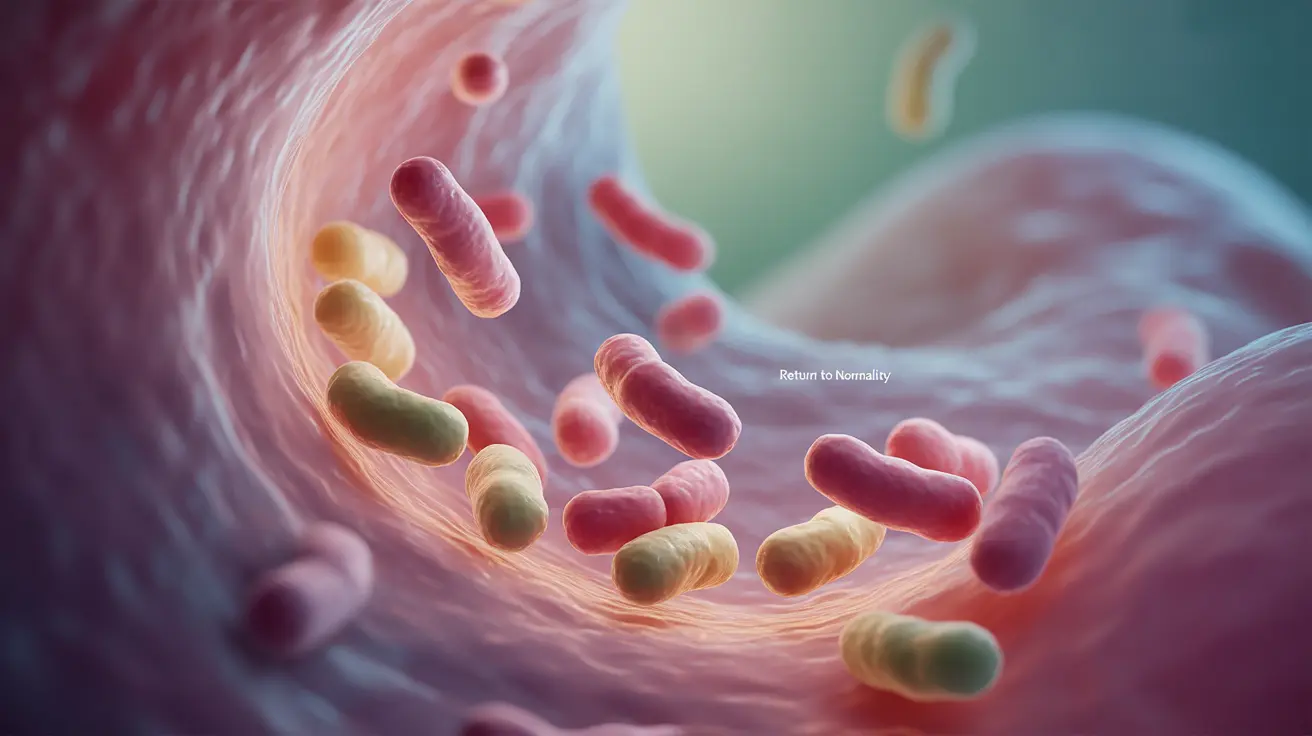Understanding when bacterial vaginosis (BV) has cleared up after treatment is crucial for women's health and peace of mind. This common vaginal infection affects millions of women annually, and while treatment is typically straightforward, knowing when you're fully recovered can sometimes be less clear-cut.
In this comprehensive guide, we'll explore the key indicators that signal BV has cleared and what steps you should take to ensure a complete recovery.
Signs That Bacterial Vaginosis Has Cleared
After completing your prescribed treatment for bacterial vaginosis, several key indicators suggest the infection has cleared:
Normal Vaginal Discharge
The most noticeable sign of recovery is the return to normal vaginal discharge. Your discharge should:
- Return to its typical clear or white color
- No longer have a strong fishy odor
- Resume its natural consistency
- Maintain a healthy pH balance
Resolution of Symptoms
When BV has cleared, you should notice:
- Disappearance of any burning or itching sensations
- Absence of the characteristic fishy smell
- No more unusual gray or white discharge
- Relief from any discomfort during urination
Confirming BV Treatment Success
Medical Follow-up
While not always necessary, some healthcare providers may recommend a follow-up appointment to confirm the infection has cleared, especially if:
- You've experienced recurrent infections
- You're pregnant
- Your symptoms were particularly severe
- You have ongoing concerns
At-Home Monitoring
After treatment, you can monitor your recovery by:
- Tracking your symptoms
- Noting any changes in discharge
- Being aware of any recurring symptoms
- Maintaining good hygiene practices
Preventing BV Recurrence
Once your infection has cleared, taking preventive measures is essential to avoid future episodes:
Lifestyle Modifications
Consider these preventive strategies:
- Avoid douching
- Use unscented hygiene products
- Wear breathable cotton underwear
- Practice safe sex with barrier protection
Maintaining Vaginal Health
Support ongoing vaginal health by:
- Following proper hygiene practices
- Taking prescribed probiotics if recommended
- Completing all prescribed medications as directed
- Avoiding potential triggers that may disrupt vaginal pH
Frequently Asked Questions
How do you know when bacterial vaginosis is fully cleared after treatment?
You'll know BV has cleared when your discharge returns to normal, any unpleasant odors disappear, and all uncomfortable symptoms resolve. This typically occurs within 2-3 days after completing treatment.
What symptoms indicate that bacterial vaginosis has resolved?
Resolution of BV is indicated by the absence of abnormal discharge, elimination of the fishy odor, no more burning or itching sensations, and a return to normal vaginal pH levels.
Do I need follow-up testing to confirm bacterial vaginosis is cured?
Follow-up testing isn't always necessary unless you're pregnant, symptoms persist, or your healthcare provider specifically recommends it. However, if you're uncertain about your recovery, it's appropriate to seek confirmation.
What should I do if bacterial vaginosis symptoms come back after treatment?
If symptoms return, contact your healthcare provider promptly. They may need to prescribe a different treatment approach or investigate underlying causes of recurring infections.
How can I prevent bacterial vaginosis from recurring after treatment?
Prevent recurrence by avoiding douching, using condoms during sex, wearing breathable cotton underwear, wiping front to back after using the bathroom, and maintaining good hygiene practices without using harsh soaps in the vaginal area.
Remember, while it's important to monitor your recovery from BV, any persistent concerns should be discussed with your healthcare provider to ensure proper treatment and prevention of future infections.




